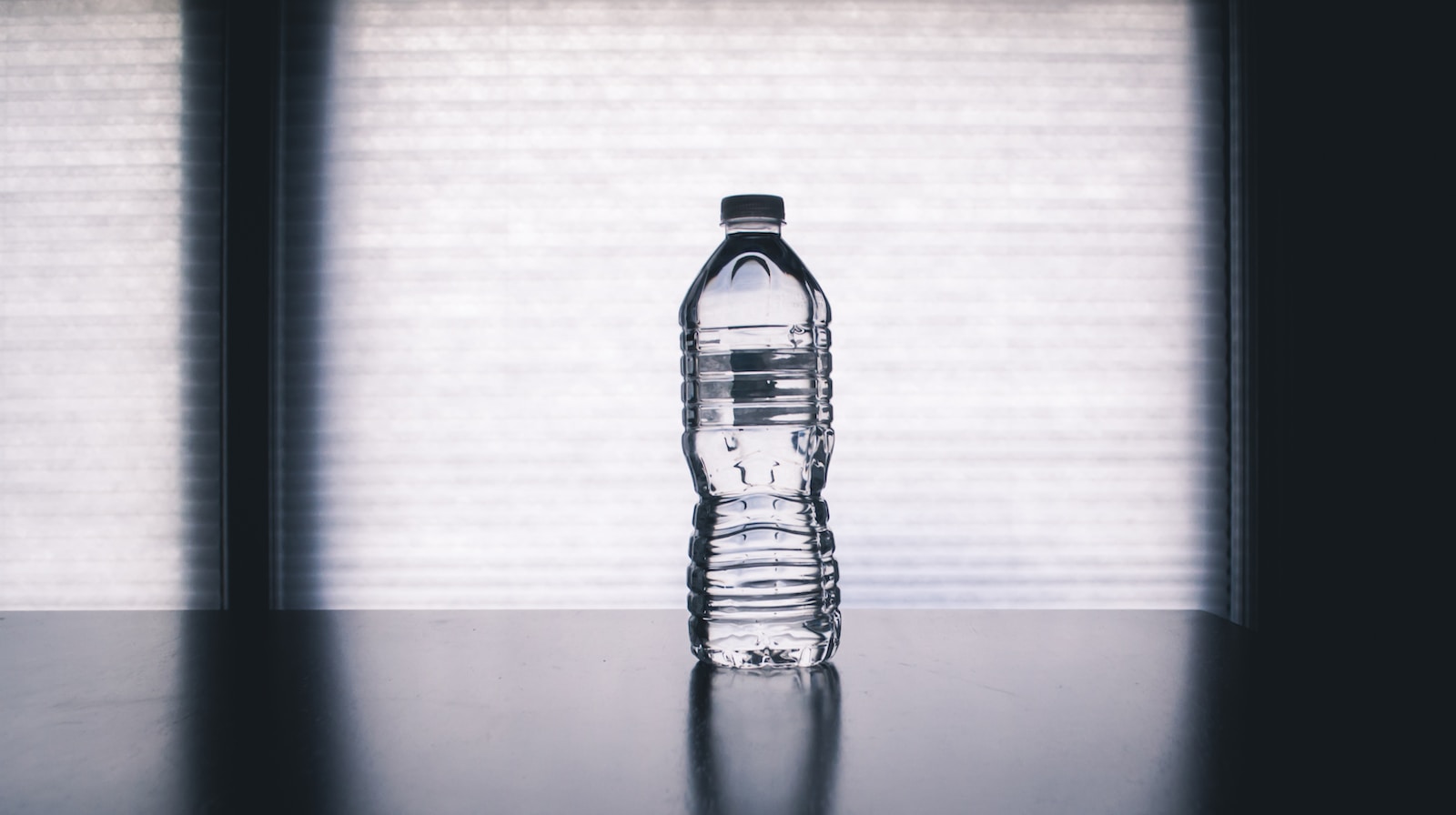Table of Contents
ToggleIntroduction
The international community is taking a significant step forward in combating plastic pollution with the development of the Plastics Treaty. This groundbreaking international legally binding instrument aims to address the urgent issue of plastic pollution, including its impact on the marine environment. In this article, we delve into the first-ever draft text of the Plastics Treaty, providing a comprehensive guide to its content, objectives, regulations, and institutional arrangements.
Part I: Setting the Stage
Preamble
The draft text begins with a preamble that sets the context and highlights the importance of tackling plastic pollution. While the specific content of the preamble is yet to be finalized, it will serve as an introductory statement outlining the purpose and intentions of the Plastics Treaty.
Objective
The objective of the Plastics Treaty is to establish a comprehensive framework to address plastic pollution, including its prevention, reduction, and management. By adopting a life cycle approach, the treaty aims to tackle the entire spectrum of plastic production, consumption, and disposal.
Definitions
To ensure clarity and consistency, the draft text includes a section for definitions. Although these definitions are currently placeholders, they will provide clear interpretations of key terms used throughout the treaty.
Principles
The draft text acknowledges the importance of incorporating principles in addressing plastic pollution. While the specific principles are yet to be determined, they will likely draw inspiration from the Rio Declaration on Environment and Development, ensuring a holistic and sustainable approach.
Scope
The scope of the Plastics Treaty encompasses various aspects of plastic pollution, including marine pollution. It aims to cover a wide range of plastic polymers, chemicals, products, and waste management practices. The draft text highlights the need to address both short-lived and single-use plastic products, as well as intentionally added microplastics.
Part II: Regulations and Measures
Primary plastic polymers
This section focuses on primary plastic polymers, providing guidelines for their production, use, and disposal. It emphasizes the importance of sustainable product design, composition, and performance, encouraging the reduction, reuse, refill, and repair of plastics.
Chemicals and polymers of concern
Addressing harmful chemicals and polymers used in plastic production is crucial. This section highlights the need to identify and regulate chemicals and polymers of concern to minimize their adverse environmental and health impacts.
Problematic and avoidable plastic products
This subsection addresses the issue of problematic plastic products, including short-lived and single-use items. It emphasizes the need for alternative materials, product redesign, and extended producer responsibility to reduce plastic waste.
Intentionally added microplastics
The intentional addition of microplastics in various products poses significant environmental risks. The draft text includes measures to regulate and minimize the use of intentionally added microplastics to protect ecosystems and human health.
Exemptions available to a Party upon request
Recognizing the diverse circumstances and capabilities of different nations, this section allows Parties to request exemptions from certain provisions of the Plastics Treaty, provided they can demonstrate alternative effective measures to address plastic pollution.
Product design, composition, and performance
This subsection emphasizes sustainable product design, composition, and performance as essential elements in combating plastic pollution. It encourages the use of recycled plastic content, alternative plastics, and the reduction of hazardous substances.
Non-plastic substitutes
Exploring non-plastic substitutes is a crucial aspect of tackling plastic pollution. This section highlights the importance of promoting and incentivizing the use of viable alternatives to plastic products.
Extended producer responsibility
Extended producer responsibility is a key principle in effective waste management. This subsection outlines the obligations of producers in managing the entire life cycle of their products, including collection, recycling, and safe disposal.
Emissions and releases of plastic throughout its life cycle
Addressing the emissions and releases of plastic at every stage of its life cycle is vital for reducing its environmental impact. This section focuses on minimizing plastic leakage, promoting best practices, and implementing monitoring and reporting mechanisms.
Waste management
Effective waste management is crucial in preventing plastic pollution. This section emphasizes the importance of comprehensive waste management strategies, including recycling, waste reduction, and proper disposal. It also highlights the specific issue of fishing gear and the need for appropriate management practices.
Trade in listed chemicals, polymers, and products, and in plastic waste
Regulating the international trade of chemicals, polymers, plastic products, and plastic waste is essential to prevent the transboundary movement of pollution. This section outlines measures to control and monitor such trade, ensuring environmentally sound practices.
Existing plastic pollution, including in the marine environment
This subsection addresses the pressing issue of existing plastic pollution, particularly in the marine environment. It emphasizes the need for cleanup and remediation efforts, as well as the establishment of monitoring and assessment mechanisms to track progress in reducing plastic pollution.
Conclusion
The first draft of the Plastics Treaty sets the stage for a comprehensive and coordinated global response to plastic pollution. By addressing various aspects of plastic production, use, and disposal, the treaty aims to mitigate the environmental and health impacts of plastic pollution, particularly in the marine environment. Through sustainable product design, extended producer responsibility, and effective waste management, the treaty seeks to promote a shift towards a more circular and sustainable plastic economy. As negotiations continue and the draft text evolves, it is essential for nations, stakeholders, and individuals to actively engage in finding practical solutions and implementing effective measures to combat plastic pollution. Together, we can make a significant difference in preserving our environment for future generations.







